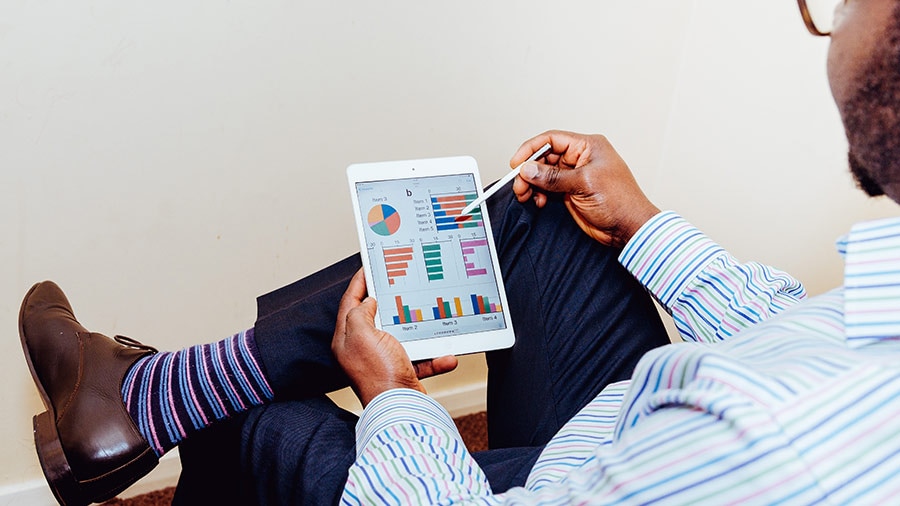What is a Balance Sheet?
Balance sheet (Definition)
A balance sheet is a financial statement that provides a snapshot of a company's financial position at a specific point in time, usually the end of a fiscal period such as a quarter or year. It presents a summary of what a company owns (assets), what it owes (liabilities), and the difference between the two (equity) at that particular moment.
Here are the key components of a balance sheet:
1. Assets: These are resources owned by the company that have economic value and can be used to generate future benefits. Assets are typically categorised as current assets (expected to be converted into cash or used up within one year) and non-current assets (longer-term investments or resources).
2. Liabilities: These represent the company's financial obligations or debts. Liabilities are classified as current liabilities (due within one year) and non-current liabilities (long-term debts and obligations).
3. Equity: Also known as shareholders' equity or net worth, this represents the amount of the company's assets that belong to its owners after all liabilities are settled. It includes the initial investments by shareholders plus retained earnings (profits that have not been paid out as dividends).
The balance sheet follows the fundamental accounting equation:
Assets=Liabilities+EquityAssets=Liabilities+Equity
The balance sheet is essential for investors, creditors, and analysts to assess a company's financial health and performance. By examining the composition and trends in a company's assets, liabilities, and equity over time, stakeholders can make informed decisions about the company's stability, liquidity, and overall financial condition.
1. Assets:
Current Assets: These are assets that are expected to be converted into cash or used up within one year or the operating cycle of the business, whichever is longer. Common current assets include:
- Cash and cash equivalents (such as bank accounts, marketable securities)
- Accounts receivable (amounts owed by customers for goods or services)
- Inventory (goods held for sale or raw materials)
- Prepaid expenses (payments made in advance for future expenses)
Non-Current Assets: These are assets with a longer useful life and are not expected to be converted into cash within one year. Non-current assets may include:
- Property, plant, and equipment (land, buildings, machinery)
- Intangible assets (patents, trademarks, goodwill)
- Long-term investments (stocks, bonds, long-term loans receivable)
2. Liabilities:
Current Liabilities: These are obligations that are due within one year or the operating cycle of the business. Common current liabilities include:
- Accounts payable (amounts owed to suppliers)
- Short-term loans and borrowings
- Accrued expenses (wages payable, utilities, taxes)
- Current portion of long-term debt
Non-Current Liabilities: These are long-term financial obligations that are not due within one year. Non-current liabilities may include:
- Long-term loans and borrowings
- Deferred tax liabilities
- Pension liabilities
- Lease obligations
3. Equity:
Shareholders' Equity: This represents the residual interest in the assets of the company after deducting its liabilities. Shareholders' equity includes:
- Common stock (shares issued to investors)
- Additional paid-in capital (amounts received from investors above par value)
- Retained earnings (accumulated profits not distributed as dividends)
- Treasury stock (shares repurchased by the company)
Key Ratios and Analysis:
The balance sheet is crucial for financial analysis and can be used to calculate various financial ratios, including:
- Current ratio (current assets divided by current liabilities) - measures liquidity.
- Debt-to-equity ratio (total liabilities divided by shareholders' equity) - indicates financial leverage.
- Return on equity (net income divided by shareholders' equity) - assesses profitability relative to equity.
Importance:
The balance sheet, along with the income statement and cash flow statement, forms the foundation of financial reporting. It provides stakeholders with valuable insights into a company's financial health, liquidity, solvency, and overall performance. Changes in the balance sheet over time can reveal trends and potential risks or opportunities facing the business.
In summary, the balance sheet is a vital financial statement that provides a comprehensive view of a company's financial position at a specific point in time, enabling informed decision-making by investors, creditors, management, and other stakeholders.







